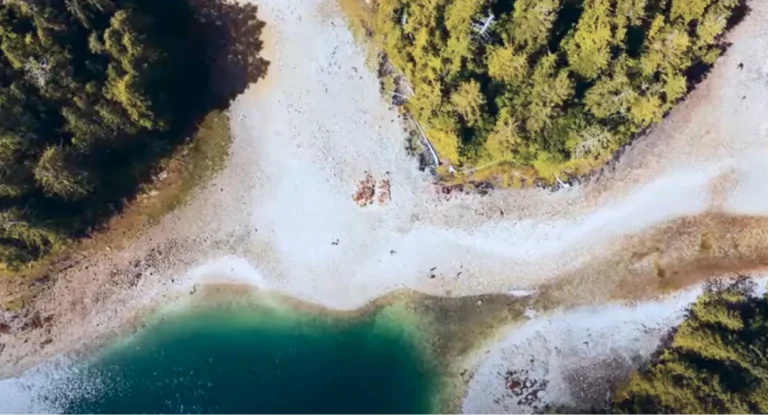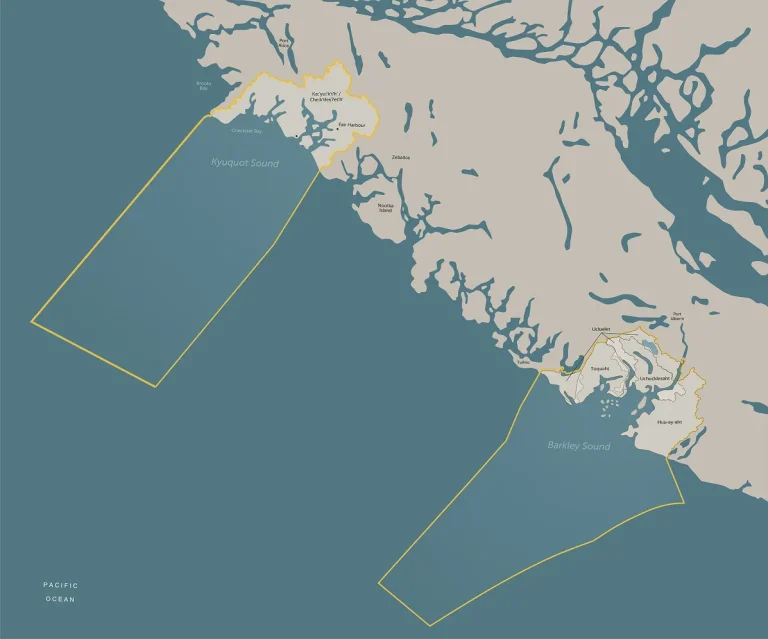Home > About the Treaty > History and Background of the Maa-nulth Treaty
History and Background of the Maa-nulth Treaty
The journey begins
In 1994, fourteen Nuu-chah-nulth Nations united in their vision for self-determination, by entering into treaty negotiations with a goal to reshape their relationship with Canada and British Columbia. This collective journey, grounded in traditional wisdom and future aspirations, marked the beginning of a transformative process.
A decade of dedication
After more than ten years of thoughtful negotiations, Huu‑ay‑aht, Ka:’yu:’k’t’h’/Che’tles7et’h’, Toquaht, Uchucklesaht, and Yuułuʔiłʔatḥ (collectively Maa‑nulth First Nations) ratified the Maa‑nulth Treaty in 2009, along with British Columbia. Canada followed with its ratification later that year, completing a historic agreement with an effective date of April 1, 2011.
Constitutional foundation
The Maa‑nulth Treaty gained the full force of law through two complementary acts: the Federal Maa‑nulth First Nations Final Agreement Act and the Provincial Act of the same name. These acts validate and give effect to the treaty, recognizing within Canada’s consitutitional framework, the governments and laws of each of the Maa‑nulth First Nations.
Historic milestones
Our treaty represents groundbreaking achievements:
- The first modern treaty on Vancouver Island
- The first multi-First Nation Modern Treaty agreement in British Columbia
Living treaty, lasting legacy
Learn more


